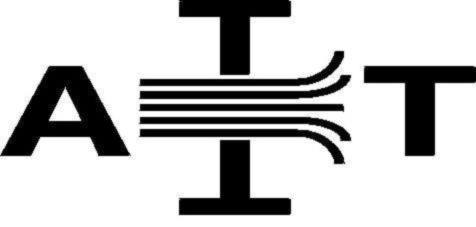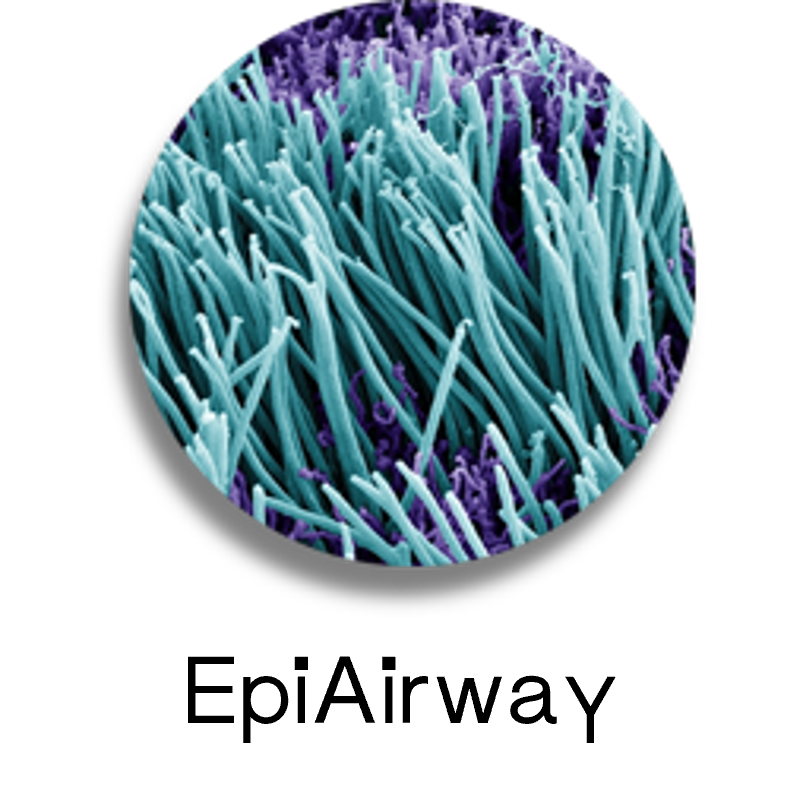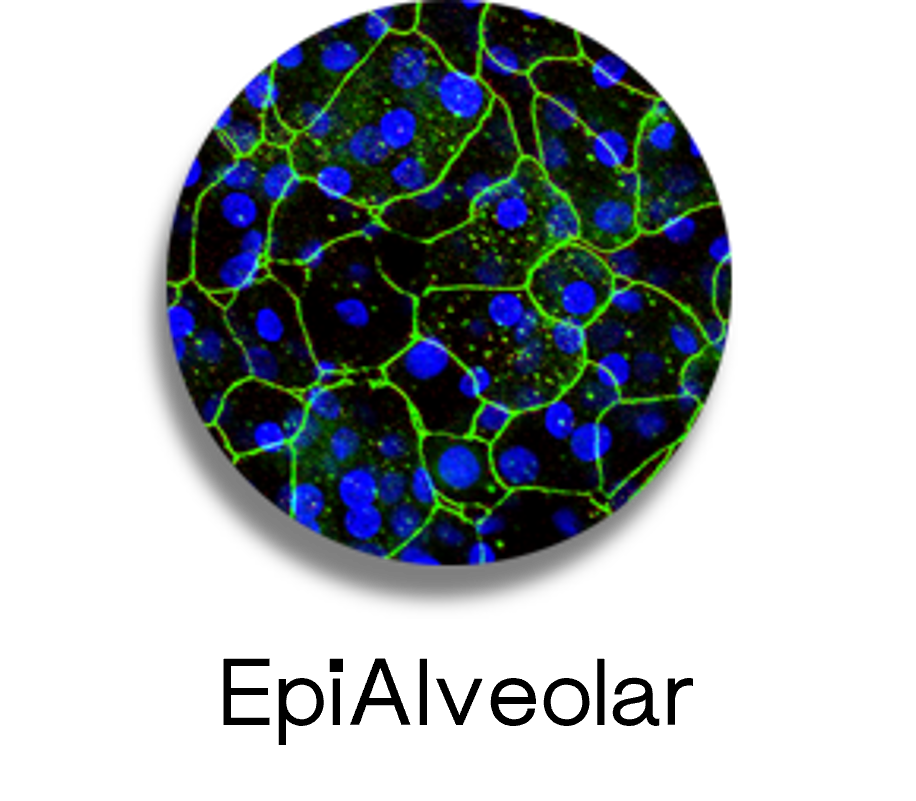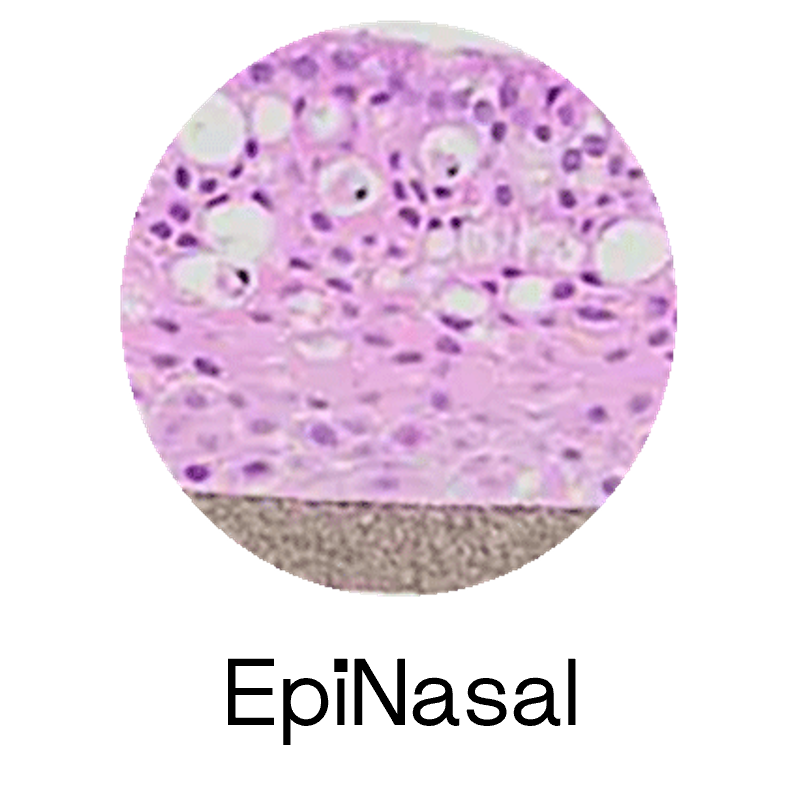
MatTek scientists will be attending and presenting a poster at the AIT Annual Meeting 2025 in Milton Keynes, UK. Our scientists are presenting a poster on our project with Charles River Laboratories, and our new multispecies airway models for translational biology. Read more to see what we’ve been working on and request copies of our posters. We can’t wait to see you at AIT 2025!
We’d love to chat: Get in Touch
Discover MatTek’s Models of the Human Respiratory System
Poster Presentations:
Multispecies 3D Airway Tissue Models for Translational Inhalation Toxicity Studies.
S. Ayehunie1, G. R. Jackson1, K. Coen1, T. Landry1, J. Markus2, S. Letasiova2, M. Klausner1, A. Armento1
1MatTek Corporation, Ashland, MA, USA, 2MatTek Europe, Bratislava, Slovakia
Abstract
Background and Purpose: In vitro models of the respiratory tract are highly differentiated and have been commercially available since 2000. These models have been widely used for toxicological, respiratory infection, tobacco safety, and inhaled drug delivery studies. Availability of tissue models representing the different segments of the respiratory tract were instrumental in gaining insight into the underlying mechanisms of SARS-CoV-2 infection and for screening of anti-viral compounds. Despite these useful applications, there are large databases of animal toxicity data which are not directly translatable to data obtained from the human in vitro airway tissue models due to species differences. Methods: To close this translational gap, cells harvested from both rat and non-human primate (rhesus monkey) tissues were utilized to develop models similar to EpiAirway, the tracheobronchial tissue model offered by MatTek that is cultured with normal human cells. The tissues were characterized for structure (histology), epithelial cell markers (IHC), barrier integrity (transepithelial electrical resistance, TEER measurement), and functionality (inhalation toxicological studies). To verify the reliability of these models worldwide, quality control (QC) data for tissue lots produced in the US and Europe were compared. Results: The animal cell-derived 3D tissues exhibited similar characteristics to human tissues including: well polarized epithelia with physiological TEER values of >300 Ώ*cm2, cilia formation on the apical surfaces, and mucin production mimicking the airway microenvironment. Acute exposure to 4 test articles (TA) showed species-specific changes in tissue viability and membrane integrity as measured by MTT and TEER assays, respectively. The effective dose concentration that reduces tissue viability by 50% (ED-50) for vinyl acetate (VA) and chloroacetaldehyde (CA) were both <2 mg/tissue and the ED-50 for propylene glycol (PG) was >20 mg/tissue for all species. However, the ED-50 values for toluene (T) showed differences between the species: human >20 mg, primate 16.2±1.7 mg, and rat 13.8±0.1mg. Based on the MTT viability and TEER values, the test chemicals were rank ordered from high to minimal toxicity: CA > VA > T > PG and the vehicle controls (water and corn oil). TEER values from standardized QC tests averaged 1094 ± 325 (n=141 lots) in the US vs. 913 ± 238 (n=64 lots) in Europe. TEER values were not statistically different (p < 0.001). Conclusions: Although more chemicals need to be tested, the multispecies 3D airway tissue models will be vital translational tools to predict airway inhalation toxicity and to bridge thein vitro-in vivo knowledge gap to reliably predict human responses, while providing a worldwide alternative approach to animal experimentation.
NAM-Based Prediction of Respiratory Toxicity Using Human and Rat Airway Models
Jo Wallace1, Mary McElroy1, Kalyani Guntur2, Mitch Klausner2, Seyoum Ayehunie2
1: Charles River Laboratories, UK. 2: MatTek , USA
Background and Purpose Human lung organotypic cultures are currently used to assess direct toxicity of inhaled chemicals (OECD,
2022 and US EPA, 2023: reviewed in Wallace et al. 2025), however exact protocols are yet to be described in an OECD guideline. To work towards generating this guideline and work within a tiered risk assessment (Andersen et al. 2019), we evaluated the toxicity of a panel of chemicals with known point-of-contact inhalation toxicity in the lung. We developed a standard protocol for acute inhalation risk assessment and evaluated reproducibility and predictivity in two laboratories (Charles River, UK and MatTek, USA). We determined the EC25 values in 2D monolayer (Normal Human Bronchial Epithelial Cells: NHBEC), 3D human airway models (EpiAirway: donor and passage matched to the 2D monolayer) and a 3D rat airway epithelial model (rat EpiAirway ), across both laboratories using this harmonized protocol and SOPs.





